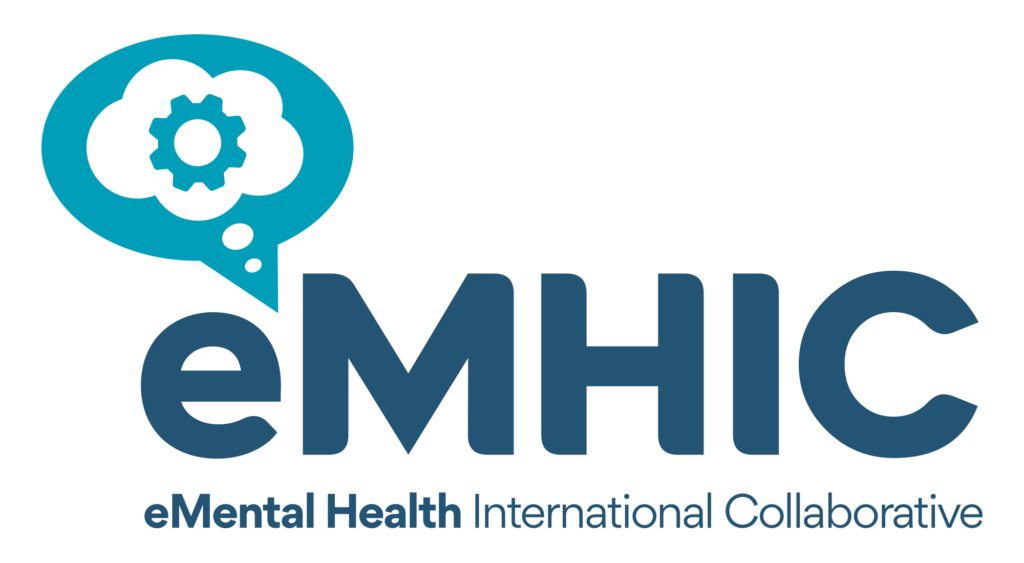Read the original article by Orygen here.
A guide to how parents and carers can help young people communicate safely online about suicide is now available in 11 languages.
The #chatsafe for parents and carers guide recognises that many young people will discuss suicide and self-harm online, and that their carers may worry about this.
So the guide aims to give carers confidence to talk about these sensitive and complex topics.
Orygen’s Dr Louise La Sala said it was important that the guide was available to parents and carers from a range of cultural and linguistic backgrounds.
“We know that talking to young people about social media can be tough. We also know that when you add mental health and suicide topics to those conversations, it can feel overwhelming – that’s where this guide can help,” Dr La Sala said.
“We’ve translated the guide into the languages most commonly spoken by carers of young Australians aged 12–25, so that they can help keep young people safe online.”
The guide is now available in Arabic, Chinese (simplified), Chinese (traditional), Greek, Italian, Khmer, Korean, Punjabi, Spanish, Turkish and Vietnamese.
The first part of the guide outlines the importance of talking to young people about suicide in general, and when carers may raise the topic of suicide.
It also provides tips on how to do so, including: don’t panic, be calm and honest, provide a safe space, and don’t feel you need to have a solution.
A young person who helped co-design the guide added: “Be active listeners. Support us. Listen with your heart. When you’re having these conversations, be aware of your body language, your facial expressions, how you’re communicating with us. It all creates that safe environment where we feel comfortable to talk about these things”.
The second part of the guide is designed for carers to support young people to communicate safely online about suicide.
It gives examples of what language is helpful, what language is unhelpful, and outlines questions you could ask a young person who is thinking about communicating online about suicide or self-harm.
“It can be quite confronting when a young person goes to a parent or carer and says that they’ve seen something about suicide on social media. Often those conversations get shut down, or young people are told to stay away from that sort of content online,” Dr La Sala said.
“But we know that these conversations are important, and that social media can be a really important source of support for young people who are going through a tough time.
“We want parents and carers to feel confident to have these conversations with young people. By creating a safe space, young people can come to parents and carers and tell them about the content that they’ve seen online, or to tell them that they’d like to post about their own experiences of suicide online.”
What to do next, including where to go for help and how to care for yourself, is covered at the end of the guide.
“Safely communicating online about suicide is one thing, but it’s also really important to know what else is out there for support,” Dr La Sala said.
“The guide shares information about how to use the different safety functions on some of the more popular social media platforms – so that you can mute, snooze or report content – and it also includes a list of support services for young people and adults.”
The guide builds on the original #chatsafe guidelines – a set of world-first evidence-informed guidelines designed to directly support young people to communicate safely online about suicide.
These guidelines have been translated into local languages for young people in Brazil, Finland, Hong Kong, Mexico, Nigeria, Norway, South Korea, Singapore, Sweden and the United Kingdom.
The #chatsafe program is funded by the Australian Government, under the Department of Health’s National Suicide Prevention Leadership. The translations were funded by the William Buckland Foundation.




